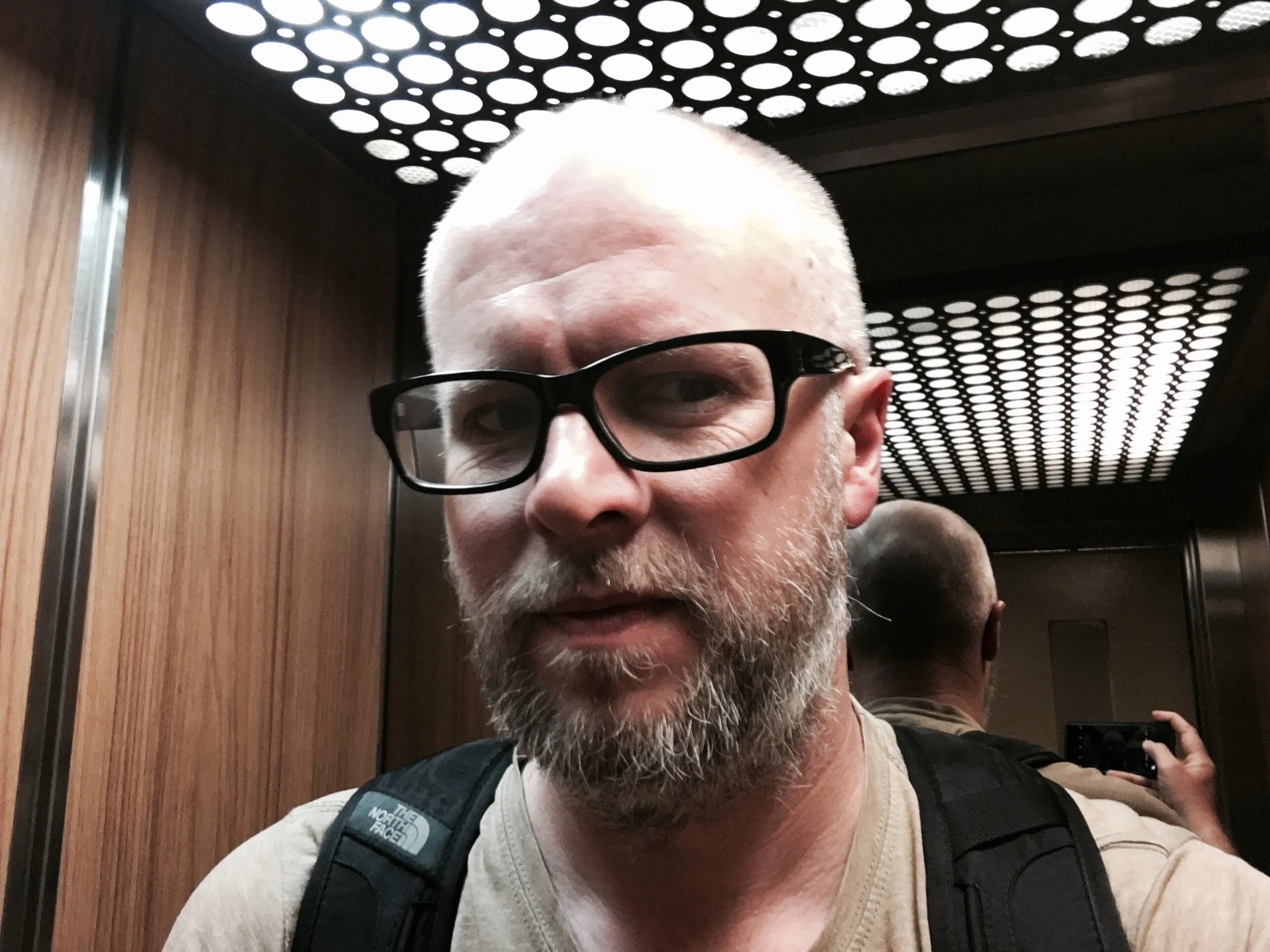#28 The Human Interaction Designer
It's my pleasure to introduce Simon Gough to you. I've been Simon's friend online for many years and this year we finally connected offline when Simon responded to my request for a business designer to work with my students at Hyper Island. Since then we've been finding lots of links for collaboration; his team at the Beyond conference are keen to be upfront, his kids are unschooled which is an inspirational area for TESS and his latest project Self Agency really aligns with my ideas on facilitating organisations who are going through big change. I'm already looking forward to our next conversation. Here's what he has to say ...
What’s the biggest lesson you’ve learnt over the last year?
I suppose I’ve learnt to better embrace other people’s perceptions of things I’m doing. Sometimes I have an idea for a project and I really care about it, but the more it grows and evolves in my head the harder it gets to communicate in its entirety; I want someone to see the whole thing but they only pick up on an element of it. I used to get frustrated by that, wanting to get everything across, but it’s my problem, not theirs. There’s often more value to be had from people’s immediate perceptions, the things that make most sense to them.
What’s your burning question of the moment?
I’ve become a bit obsessed with how design is biased towards creating things, whether those things are objects, services, experiences or whatever. People need things but we also need to designers to take things away: remove barriers, friction, impediments. This also applies to process. It’s tempting to throw lots of process at a problem, rather than employ minimal, transformational interventions. So, my question is: how does every design discipline ensure that its vocabulary and working methods don’t favour tangible outputs over meaningful outcomes?
What’s the most inspiring thing you’ve seen/ heard/ read in the last year?
So many things, but here are a few that have really caught my attention recently...
A Pattern Language by Christopher Alexander, Sara Ishikawa and Murray Silverstein is a few decades old now but offers some great insights into frameworks for design. Regardless of how it’s been interpreted and used, the thinking behind the book is wonderful. It’s given me more ideas than anything else I’ve read in a long time, particularly when applied to openness and participation.
I love this video on Pair Programming, which seems like a counter-intuitive approach but which the video explains brilliantly. I recently found out that a project I was involved in last year, involving design for legal documents, subsequently adopted a Pair Programming approach (for legal drafting); I think there are plenty of opportunities for designers to apply the principles more widely.
This article on Design as Participation is important. It’s particularly relevant in a world where the negative aspects of user-centricity are being felt, such as in the case of platforms like Uber. All designers need to think more carefully about the wider systems their work is part of.
What would be your one piece of advice to students out there?
Project diversity isn’t just beneficial to our projects, but to each of us as designers. A greater variety of projects, and of people involved, helps us do better work now and in the long term.
You can read the rest of my interviews with designers here... who would you like me to feature next?
#26 The Design Writer and Doer
#23 The Behavioural Researcher
#21 The Local Government Designer
#19 The Human Centered Designer

